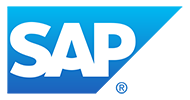Workday administrators face challenges in tracking calculated field usage. CloudApper hrPad offers a no-code solution, creating a centralized registry for calculated fields, improving visibility, control, and governance without needing Workday's backend access.
Table of Contents
For Workday administrators and analysts, managing calculated fields (CFs) is an ongoing challenge—especially when it comes to Calculated Field Usage Tracking in Workday. These powerful tools drive logic across reports, integrations, and business processes. But despite their importance, Calculated Field Usage Tracking in Workday remains a major visibility gap. Workday offers very limited native support for understanding where a specific calculated field is used—or who owns it. Many teams resort to creating advanced reports with layered conditional logic, hoping to simulate usage tracking. Others try to document usage manually across spreadsheets, email chains, or personal notes. These methods are time-consuming, error-prone, and ultimately unsustainable at scale.
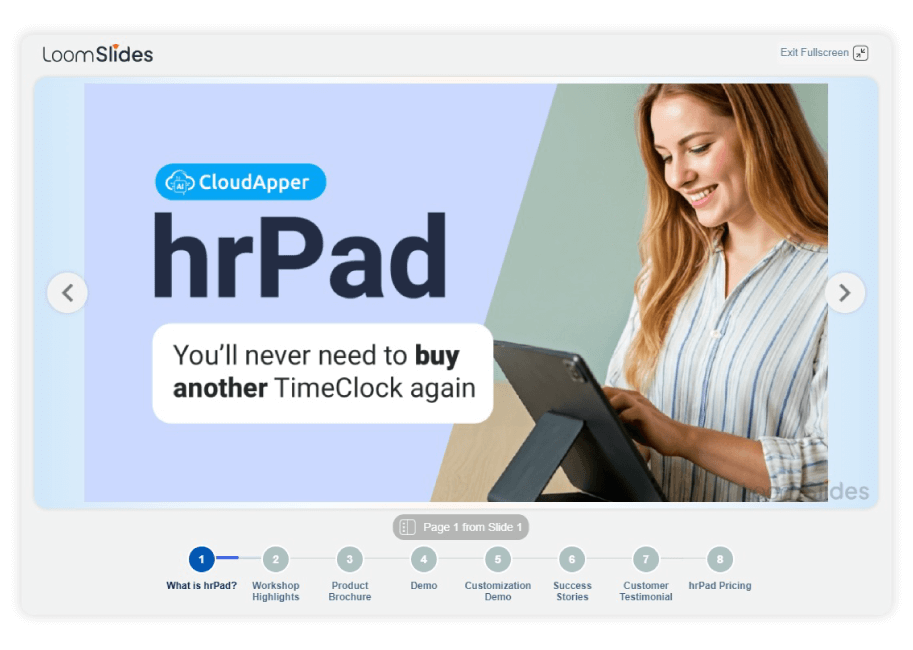
For more information on CloudApper hrPad visit our page here.
Enter CloudApper hrPad, a solution poised to transform this landscape. Acting as a front-end, no-code documentation and workflow layer, CloudApper hrPad facilitates the creation of a centralized, searchable registry of calculated fields. This enhancement enables teams to effectively track ownership, determine review frequency, and enforce governance protocols, all of which dramatically improve visibility and control within the Workday environment.
The Problem: No Native Way to Track Calculated Field Usage in Workday
Workday lacks an out-of-the-box feature to answer basic but critical questions like:
| Key Question | Why It Matters |
|---|---|
| Where is this calculated field being used? | Prevent breaking reports or integrations when retiring fields |
| Can we safely retire this field? | Avoid system errors or data loss |
| Who owns and maintains this field? | Assign accountability and streamline communication |
| Has it been reviewed recently? | Ensure data logic is current and relevant |
Since calculated fields are referenced in reports, BPs, integrations, and security groups, the inability to trace their usage introduces serious risk—from report failure to compliance gaps.
The Workaround: Complex Reporting
Some Workday teams attempt to build advanced reports that:
| Method | Challenges |
|---|---|
| Use conditional filters to trace CF usage in reports | Tedious to configure and not always reliable |
| Simulate usage with string matching in CF names | Prone to false positives and inconsistent |
| Maintain usage logs manually | Error-prone, unscalable, and disconnected from Workday |
These methods are rarely sustainable and typically lead to frustration and data mismanagement.
The Solution: CloudApper hrPad
CloudApper hrPad offers a better way. Although it doesn’t plug directly into Workday’s backend report definitions, hrPad acts as a front-end control center where HRIS teams can manage and track calculated field usage in a structured, searchable, and collaborative way.
1. Centralized Calculated Field Registry
| Field Attribute | Description |
|---|---|
| CF Name | The label of the calculated field |
| Field Type | Boolean, Text, Numeric, etc. |
| Used In | Reports, BPs, Integrations |
| Owner | Person/team responsible for maintenance |
| Last Reviewed | Date of most recent audit or update |
This becomes your team’s go-to reference for all CF activity.
2. Searchable and Filterable Metadata
| Search Criteria | Example Uses |
|---|---|
| Field name | Locate by keyword or pattern |
| Owner | See all fields assigned to a specific admin |
| Business Area | Group CFs by function like Payroll or Recruiting |
| Integration/report references | Track where fields appear across systems |
This replaces time-consuming report-building in Workday with fast, intuitive field lookups.
3. Review Workflow and Alerts
| Workflow Feature | Benefit |
|---|---|
| Scheduled review alerts | Keeps fields up to date and in use |
| Expiration notifications | Flags outdated or deprecated CFs |
| New CF intake form | Ensures metadata is captured upfront |
4. Collaboration and Ownership
| Collaboration Tool | Purpose |
|---|---|
| Owner assignment | Clearly defines responsibility |
| Commenting | Team discussion on usage, risks, and updates |
| Version control | Maintains history of edits and purpose changes |
5. Dashboard Reporting
| Metric | Insight Provided |
|---|---|
| Total CFs | Understand reporting complexity |
| Orphaned fields | Identify fields with no ownership or usage |
| Fields by area | See usage concentration by department |
| Upcoming reviews | Stay on top of governance cycles |
Final Thought
Tracking calculated field usage in Workday shouldn’t require detective work. With CloudApper hrPad, organizations can build a lightweight but powerful framework for managing calculated field metadata, ownership, and usage—all without touching Workday’s backend. It’s a scalable, no-code solution for a real and growing problem.
How to Track Calculated Field Usage in Workday with CloudApper hrPad
- Centralized Registry: Use CloudApper hrPad to create a searchable registry of calculated fields.
- Search and Filter: Utilize metadata to quickly locate fields by name, owner, or business area.
- Review Workflow: Set up alerts for scheduled reviews and expiration notifications.
- Collaboration: Assign ownership, comment on usage, and maintain version control.
- Dashboard Reporting: Monitor metrics like total CFs, orphaned fields, and upcoming reviews.
Frequently Asked Questions
What is CloudApper hrPad?
CloudApper hrPad is a no-code solution that helps track and manage calculated field usage in Workday.
Why is tracking calculated fields important?
Tracking ensures data integrity, prevents errors, and maintains compliance by understanding field usage and ownership.
How does hrPad improve Workday management?
hrPad provides a centralized registry, search capabilities, review workflows, and collaboration tools to enhance visibility and control.
Can hrPad integrate directly with Workday?
No, hrPad acts as a front-end solution without direct integration into Workday’s backend.
What is CloudApper AI Platform?
CloudApper AI is an advanced platform that enables organizations to integrate AI into their existing enterprise systems effortlessly, without the need for technical expertise, costly development, or upgrading the underlying infrastructure. By transforming legacy systems into AI-capable solutions, CloudApper allows companies to harness the power of Generative AI quickly and efficiently. This approach has been successfully implemented with leading systems like UKG, Workday, Oracle, Paradox, Amazon AWS Bedrock and can be applied across various industries, helping businesses enhance productivity, automate processes, and gain deeper insights without the usual complexities. With CloudApper AI, you can start experiencing the transformative benefits of AI today. Learn More
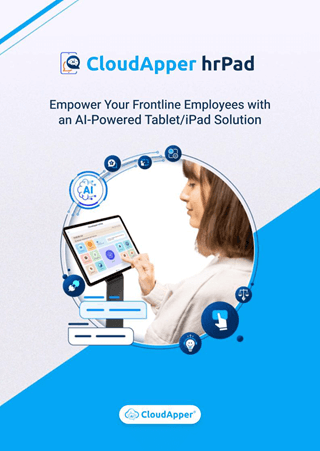
Brochure
CloudApper hrPad
Empower Frontline Employees with an AI-Powered Tablet/iPad Solution
Download Brochure
CloudApper AI Solutions for HR

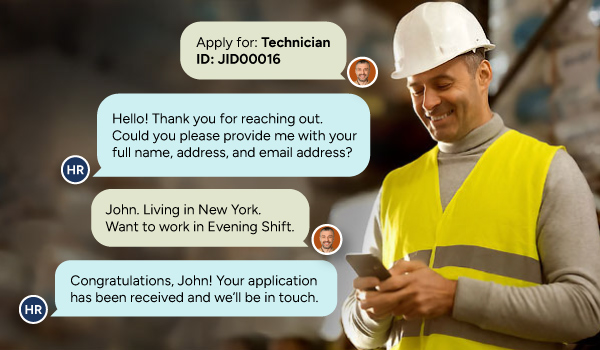

- Works with
- and more.
Similar Posts
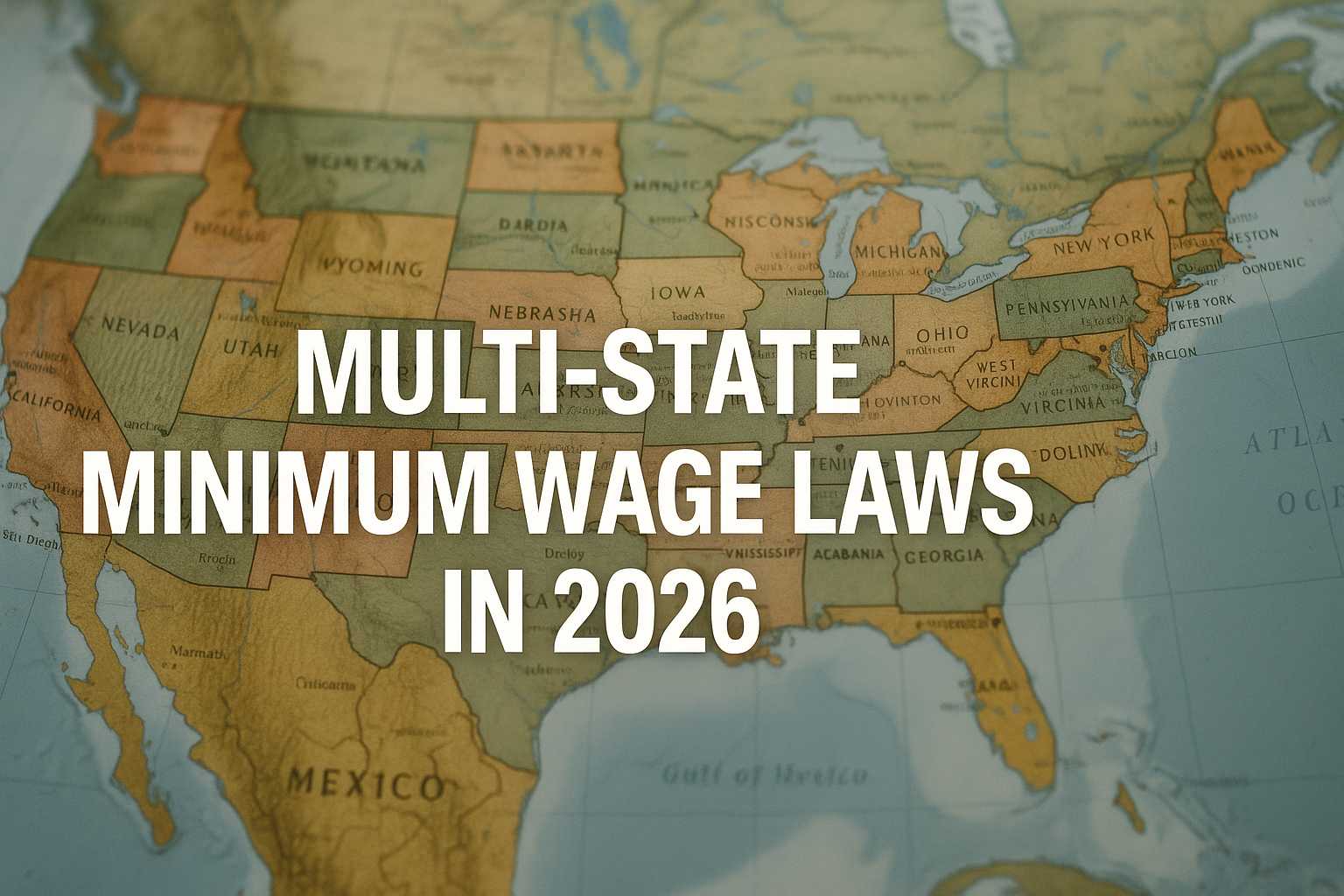
Managing Complex Multi-State Minimum Wage Laws in 2026 with CloudApper…
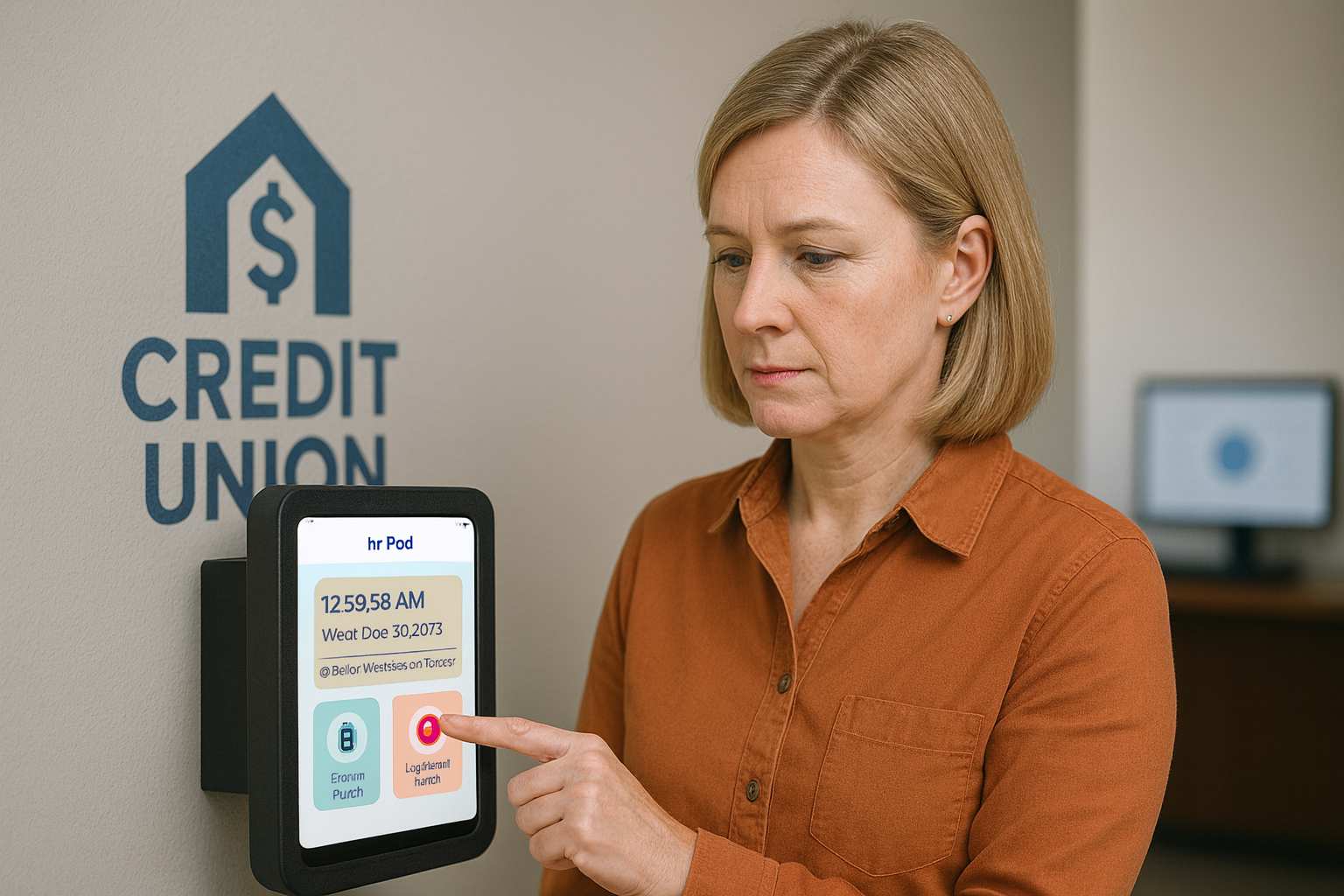
How One Credit Union Solved HR Fragmentation During a Major…




